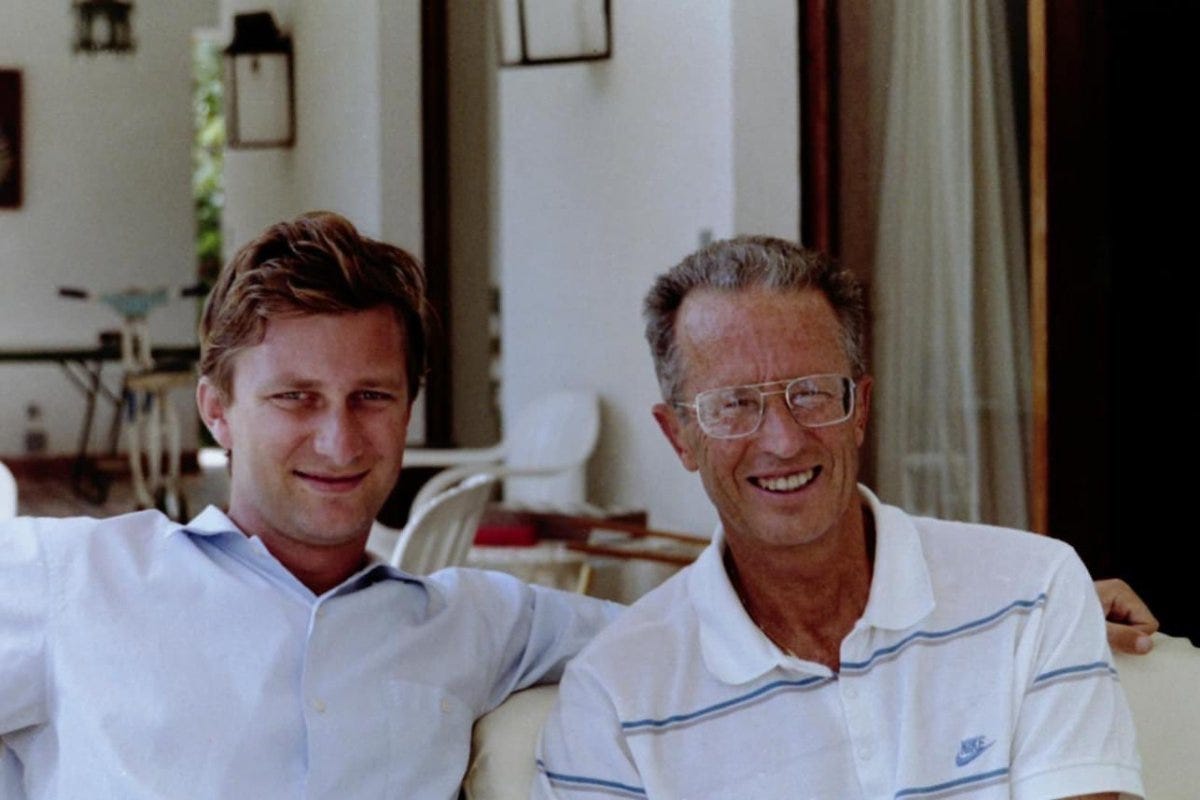A Royal Engagement in Belgium, Twenty-Five Years Later
The Duke of Brabant's surprise engagement to a Belgian-born speech therapist shocked and thrilled royal watchers a quarter of a century ago—and opened up a Pandora's box of family secrets
Twenty-five years ago this autumn, Belgium’s crown prince surprised the nation and the world by announcing that he was engaged to be married. As the silver anniversary of Philippe and Mathilde’s wedding approaches in just a few weeks, we’ve got a look back today at their royal engagement—which turned out to be a chaotic turning point for the royal family.
The 1990s were a precarious time for the royal family of the Kingdom of Belgium. King Baudouin, who had reigned for four decades, died suddenly of heart failure at the age of 62 in the summer of 1993. He had shepherded a divided nation through a governmental transition aimed to ease tensions between the regions of Flanders and Wallonia, and his loss was keenly felt by the Belgian people and by members of his family.

Baudouin had been married to his Spanish-born wife, Queen Fabiola, since 1960. They were never able to have children of their own, with Fabiola suffering from a series of traumatic miscarriages early in their marriage. Much of their parental energy was focused on their nephew, Prince Philippe, who was expected to follow his uncle on to the throne one day. Philippe’s parents, Prince Albert and Princess Paola, had a troubled relationship. The conflict between them, and the infidelity and separation that resulted, meant that Philippe and his younger siblings were often pushed to the side. In 2020, the Belgian child psychologist Peter Adriaenssens called Philippe’s childhood “unacceptable, something that would justify the intervention of social workers.”
Without the support he needed, Philippe found the shuffle of royal childhood difficult. He had trouble adjusting at school, especially when he was moved from a French-speaking school to a Flemish-speaking school, a gesture toward reconciling the conflicted regions of the nation. “It was not easy for me,” he reflected later in life. Making friends has always been difficult for royals around the globe. Many of them have shared the challenges of deciding which peers wanted genuine friendship and which ones wanted proximity to fame and power. Philippe was no different, and without a strong base at home, he struggled deeply.
Baudouin and Fabiola tried their best to provide Philippe with the kind of warm family structure that he clearly craved, including him in kid-friendly moments like visits to archaeological digs. Philippe often spent time with his uncle and aunt at retreats like their cottage, Villa Fridhem, and their holiday home in Spain. Even so, Philippe found the glare of the public spotlight challenging, and it was evident that it was difficult for him to relax when he felt scrutinized. He was perceived as awkward and sometimes rigid, especially after he continued his education at the Belgian Royal Military Academy.

The quiet prince turned 30 in 1990. By then, he had attended university at Oxford and completed a master’s degree in political science at Stanford. Along with continuing military training and service, he also embarked on a career as a working royal, supporting his uncle as he traveled around the world as a representative of Belgium and its monarchy. In 1992, he was on the ground at Cape Canaveral in Florida to meet with the first Belgian astronaut to go to space, Dirk Frimout. “Call me Philippe,” the prince was overheard telling Frimout during the visit. “I think that in space there should be absolutely no protocol.”
While King Baudouin was firmly supportive of his nephew as Belgium’s future monarch, not everyone in the country was convinced that the prince was up to the task. In 1991, a former courtier leveled an embarrassing attack at Philippe’s fitness for the throne, telling a journalist, “He can't do it—a sad case. He runs around like a small dog shaking hands. But that's not enough. Anybody can do that.” Rumors even flew that Philippe could be passed over in the line of succession in favor of his sister, Princess Astrid—who was bright and engaging, and even more significantly, already married to an Austrian archduke, with whom she had three children. Those rumors gained more traction in 1991 when the Belgian constitution was amended to allow women to inherit the throne.
Keep reading with a 7-day free trial
Subscribe to Hidden Gems to keep reading this post and get 7 days of free access to the full post archives.




